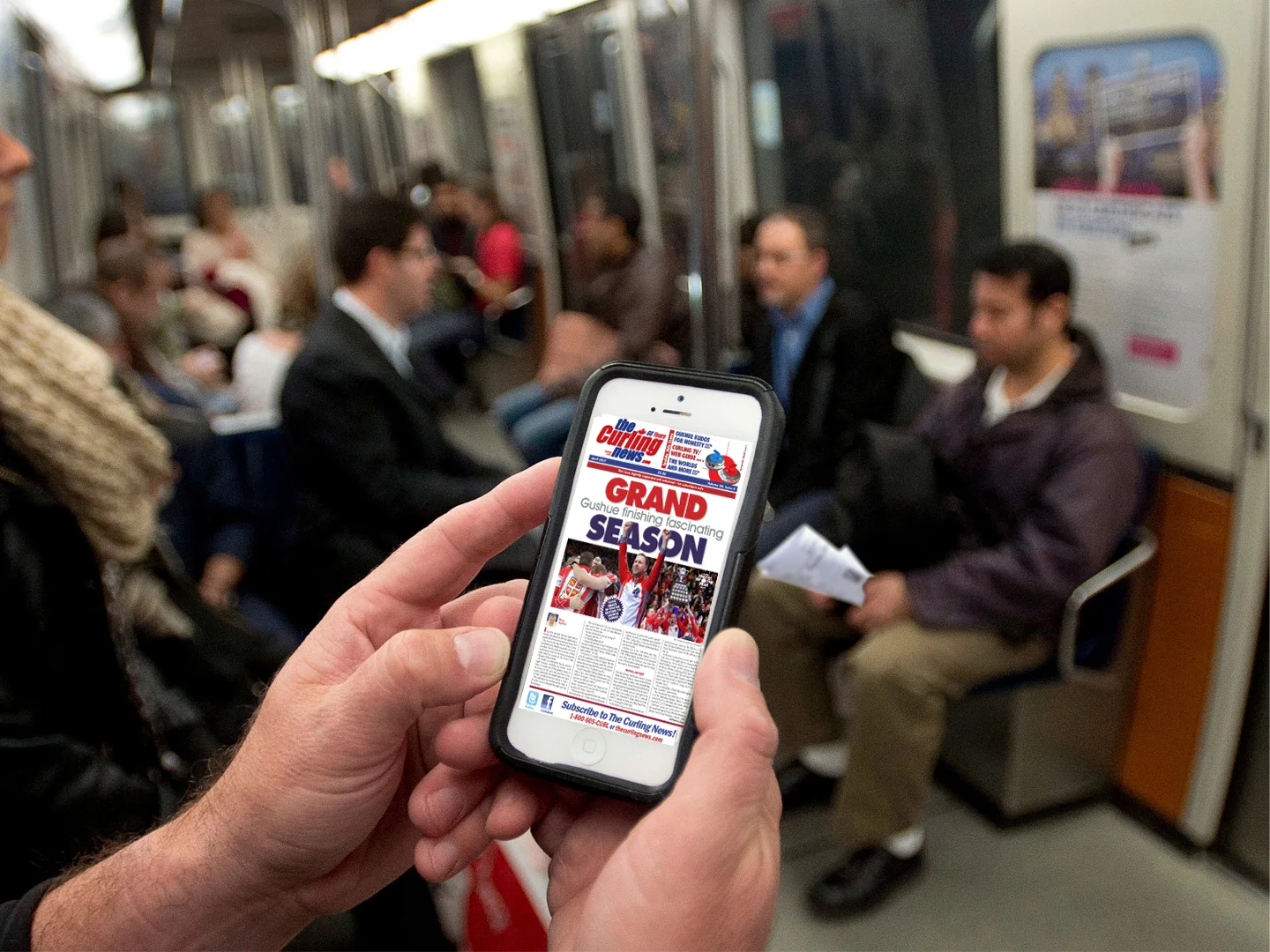A narrated article allows the reader to multi-task while remaining engaged with the article content. Wash dishes. Walk the dog. Listen on the train. In a society devoid of available time narration allows readers to catch-up to their favourite magazine or newspaper while on the go.
The role of a print magazine or newspaper is to inform, educate, and potentially entertain the reader. This purpose is accomplished via carefully curated content in the form of articles and images artfully displayed on a page.
With the goal of extending the capabilities of the time-sensitive nature of certain publications we have implemented an automation tool which allows our users to selectively define the date and time at which the activation and de-activation of a publication occurs.
We are continually extolling the virtues of digital editions as a means to market and distribute print related materials to an existing audience. Websites, email campaigns, social media channels and so on are an effective means for delivery of a digital edition. But, how do you tap into a new audience or market?
Throughout the first couple months of 2016 we had received reports of paranormal activity within our client dashboards. The typical frantic call would describe apparitions, which we later identified as 'ghost editions', appearing within the client dashboard after the conversion of a project.
As digital content strategies shift, so must the ways that we record and analyze readership. If you haven’t noticed already, Flip Page has introduced a new section of reports in the Thermostats analytics called “Active Users.”
LiLy was introduced in the summer of 2015. The intention of the LiLy platform was to increase article engagement by providing an alternative reading experience with a special emphasis on ‘readers on the go’. The issue with long form articles on smaller devices is legibility.
There are a number of different options available with regards to which ‘viewer’ is used to display a Flip Page digital edition. The term viewer refers to the ‘user interface’ that is displayed when a reader accesses a Flip Page edition. The paginated content, toolbars, background and interactive elements are what comprise the ‘viewer’.
There are a number of instances where our system will send an outbound automated message via email.
For example, each time a new issue of a publication is activated we generate an email with all of the vital details related to that publication including URL's, embeddable code, and links to other information and send it to the default email address for that account.
Publishers have expectations. They want engaging content and interaction. They want a responsive reading experience. They want simple workflows and increased reach.
That’s where LiLy delivers.
At first glance LiLy might seem like an upgraded version of our Text Article tool which allowed publishers to deliver a text-based version of articles for better legibility.
That’s true. Kind of.
Our new feature 'Zuul' is aptly named after the demi-god which took over Sigourney Weaver's mind and body in the 80's classic film 'Ghostbusters'. Zuul referenced itself as 'The Gatekeeper' and that description is a befitting title for our new release.
This new feature empowers the publisher to serve as Zuul by erecting a virtual gate around their readers online experience. Readers are able to access external web content from within the Flip Page edition but the interaction is gated within a lightbox window.
What is a lightbox?
...continue












